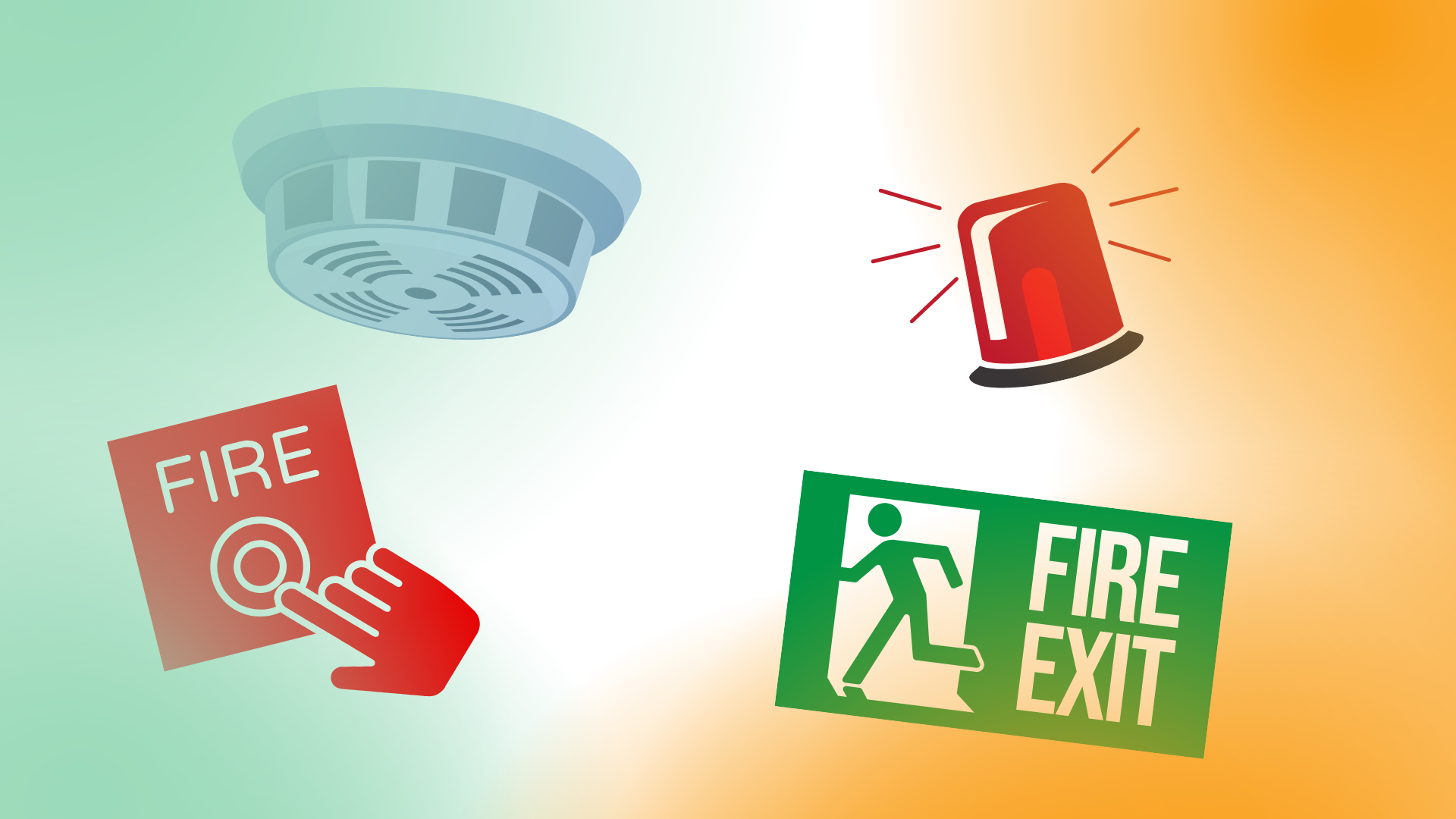Understanding EICR Codes: What You Need to Know
Not all codes indicate a fail...

Understanding EICR Codes: What You Need to Know
If you’ve recently had an Electrical Installation Condition Report (EICR) carried out, you may have come across codes like C1, C2, C3, and FI. But what do they really mean for your property — and why should you care? Let’s break it down.
What are EICR Codes?
EICR codes are used by electricians to highlight issues found during an inspection, indicating the urgency and severity of any electrical concerns. Understanding these codes helps homeowners, landlords, and business owners prioritize repairs and stay compliant.
EICR Codes Explained:
⚠️ C1 — Danger Present: This is the most serious code. It means there’s an immediate risk of injury or fire. Action is required immediately — the electrician will often make the installation safe on the spot.
⚠️ C2 — Potentially Dangerous: This indicates a safety concern that isn’t an immediate threat but could become dangerous if not addressed soon. It’s strongly advised to correct these issues as quickly as possible.
⚠️ C3 — Improvement Recommended: This is not a fail but suggests areas where safety could be improved. These aren’t urgent, but addressing them shows good maintenance and future-proofs your property.
✅ FI — Further Investigation Required: Sometimes, an electrician needs to take a closer look to fully understand an issue. An FI code means more testing is required before conclusions can be made.
Why EICR Codes Matter
- Landlords are legally required to maintain safe properties — understanding and addressing these codes is crucial for compliance.
- Homeowners benefit from peace of mind, knowing their electrical systems are safe.
- Businesses reduce risk and liability by ensuring their premises meet safety standards.











